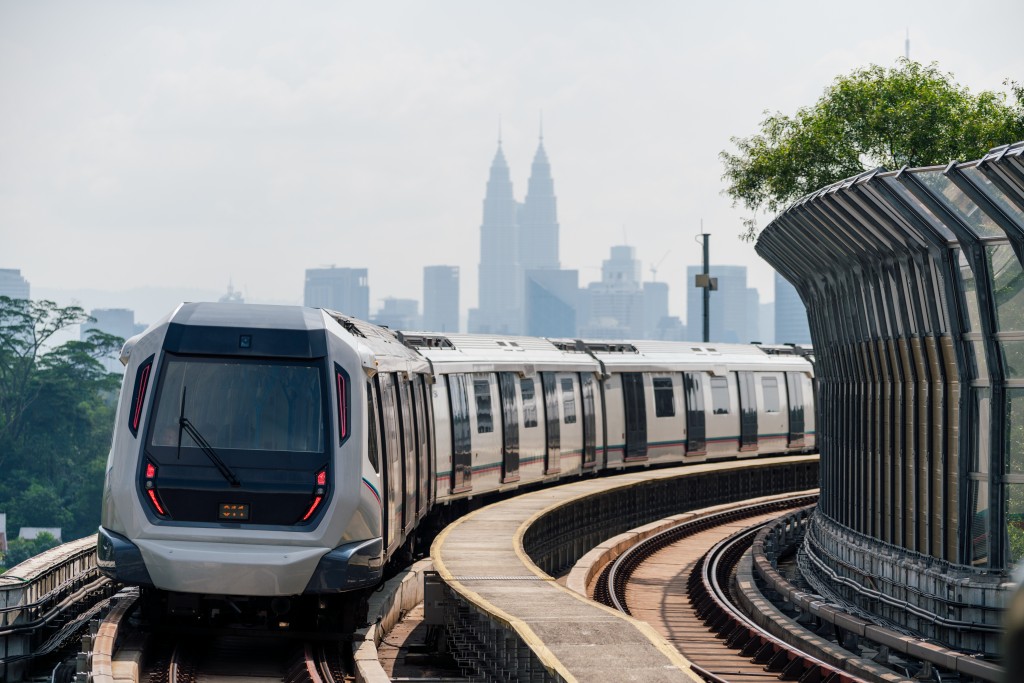Cultivating female talent in the rail industry

Transit-oriented Developments (TODs) continue to emerge due to the growing value of convenience in urban areas.
By Yanika Liew
From the Mass Rapid Transit to the East Coast Rail Link (ECRL) and the Penang Light Rail Transit project, the rail industry sees increased focus as the government zeroes in on Malaysia’s public transportation needs.
With the development of a more efficient and comprehensive public transportation system comes the availability of accessible and well-connected land. Transit-oriented Developments (TODs) continue to emerge due to the growing value of convenience in urban areas. Developers are already marking the new access routes these railways will bring but what will it take to bring the rail industry to the cutting edge?
Certainly, diversity, equity and inclusion initiatives provide new opportunities for progress in industries across Malaysia, especially one as intertwined as transport and property but this question rises: How diverse, equitable and inclusive is the rail industry?
“There’s minimal representation of women in senior positions. There needs to be a concerted effort by employers to open doors and opportunities for women in the rail space. Facts don’t lie. So much data has shown that companies are more successful when there is improved diversity at senior levels of the company,” Women in Rail founder and director Natasha Zulkifli said.
While rail isn’t an immediate go-to sector for fresh graduates, as opposed to other technical sectors, Natasha noted that there was still an abundance of opportunities in the Malaysian industry and abroad.
“We’ve noticed that companies are supportive of women being exposed to new projects and being given equal opportunities when it comes to job allocation. There is also a lot more interest to allow for staff to go for training and be exposed to upskilling opportunities. So, Women in Rail Malaysia organises workshops, training and conferences to provide this sort of exposure,” she said.
“Never underestimate the strength that emanates from someone who has been allowed to grow professionally, because that innate confidence will not only provide courage but also further boost the emotional buy-in into the rail space as a preferred career,” she added.
Natasha pointed out that the international community is very proactive about creating a more diverse, equitable and inclusive space. Women in Rail began as an organisation based in the United Kingdom. There were dedicated programs, standard HR business practices, mentoring and coaching opportunities as well as organisational policies in place.
“They see the business case in embedding diversity, equity and inclusion (DEI) in this space. Malaysian companies, unfortunately, are still lagging and have a long way to go,” she said.
What’s next?
According to Natasha, Women in Rail Malaysia has gone down to the ground and spoken to more than 10,000 students since 2018. The initiative aims to encourage girls to study science, technology, engineering and mathematics (STEM) subjects and consider a future career in the rail space.
However, a comprehensive push requires the government to work with civil society, academia and the private sector.
“We are now severely disadvantaged and ill-equipped to ensure a sustainable and productive outcome for Malaysia if we do not consciously set the tone for a more inclusive industry. And if we do, we will simultaneously ensure a more profitable one,” Natasha said.
“We need to start by ensuring the talent pipeline is solid, that there is a good mix of boys and girls studying the right subjects, from secondary school up to university,” she added.
To promote gender inclusion in the industry, considerations have to be taken to welcome young women. Flexible working conditions for young parents, on-the-job training for high-potential staff to allow them to assume more responsibilities at work, as well as exposure to activities which will enhance the confidence of minorities, are all worthy of consideration.
“The old way of doing business doesn’t work anymore, Companies in the rail space are traditionally large behemoth beasts. If they don’t pivot and transform, they run the risk of isolating and alienating a truly talented younger generation. We cannot afford to let that happen,” Natasha said.
Talent retention is a challenge for Malaysian industries. As Investment, Deputy Trade and Industry Minister Liew Chin Tong said during the Real Estate Housing and Development Association (Rehda) Institute CEO Series 2023, Malaysia doesn’t have a no-talent problem, Malaysia has a pay problem.
“Malaysian employers refuse to accept that the Malaysian labour market and the Singapore labour market are one single market. If the employees in Malaysia are not happy with the conditions, they will walk across the causeway and work in Singapore, which is what is happening,” he pointed out.
Liew noted that in many countries, the median wage for the manufacturing sector is higher than the general median wage. This is because the manufacturing sector has to be advanced, and therefore to retain the talent and people in the manufacturing sector, they must be paid higher than the general median wage.
“But here in Malaysia, the general median wage for 2022 was RM,2424… It is a long-term crisis that all of us will have to face, pay is very important,” Liew said.
What the new government wants is to use the manufacturing sector as a catalyst. Liew stated that he hoped the sector would be able to reach RM4,500 median wage by 2030.
“We want to take advantage of this once-in-a-generation shift to create a second economic takeoff in Malaysia and the rest will follow,” he said.
Source: StarProperty.my
















POST YOUR COMMENTS